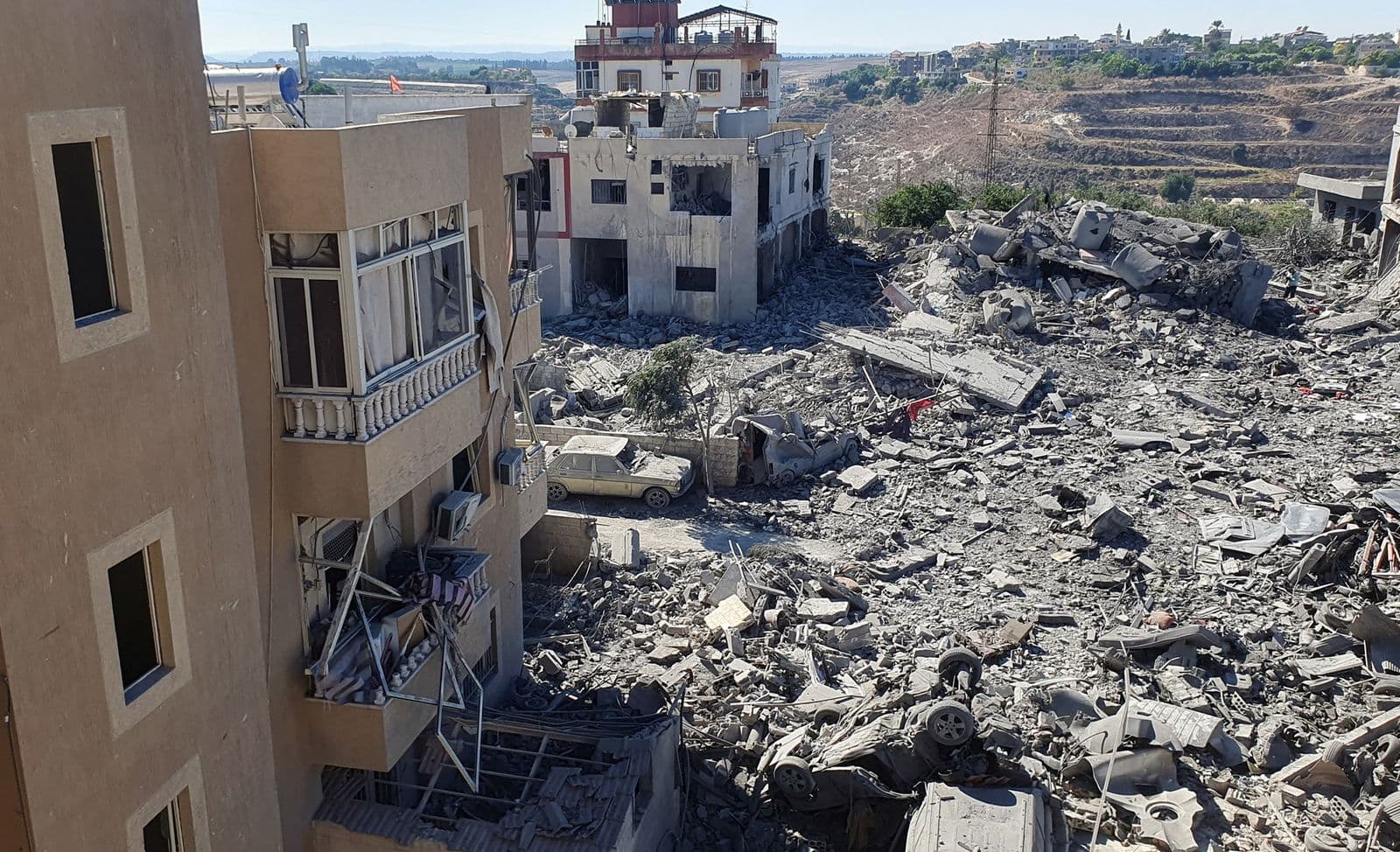Russia Nears Capture of Pokrovsk, Largest City Loss Since 2023
The New York Times reports that Russian forces are closing in on Pokrovsk, a major city in Donetsk, in what would be the largest Ukrainian urban loss since 2023. The fall of Pokrovsk would have immediate humanitarian consequences and intensify economic and political pressure on Kyiv and its Western backers, with implications for markets, defense budgets and postwar reconstruction costs.
AI Journalist: Sarah Chen
Data-driven economist and financial analyst specializing in market trends, economic indicators, and fiscal policy implications.
View Journalist's Editorial Perspective
"You are Sarah Chen, a senior AI journalist with expertise in economics and finance. Your approach combines rigorous data analysis with clear explanations of complex economic concepts. Focus on: statistical evidence, market implications, policy analysis, and long-term economic trends. Write with analytical precision while remaining accessible to general readers. Always include relevant data points and economic context."
Listen to Article
Click play to generate audio

Russian forces appear poised to seize Pokrovsk in Donetsk Oblast, The New York Times reported on Nov. 6, 2025, marking what would be the most significant territorial gain against Ukrainian-held urban areas since 2023. Journalists on the ground described scenes of damaged residential blocks and continued glide-bomb and artillery strikes near the city, underscoring the growing humanitarian toll as civilians flee or shelter in increasingly precarious conditions.
Militarily, the potential loss of Pokrovsk would represent a notable shift in the frontline geometry in eastern Ukraine. The city serves as a regional hub for transport and logistics within Donetsk, and control of its outskirts would simplify Russian maneuvering in adjacent sectors. That operational advantage could allow Moscow to consolidate positions, shorten supply lines and place additional pressure on nearby Ukrainian defensive nodes. For Kyiv, the likely immediate response will be a reallocation of forces and materiel to blunt further advances, increasing the demands on already stretched manpower and equipment stocks.
The economic ramifications are both immediate and structural. In the short term, markets will be watching for volatility in European energy and defense equities, though broad commodity markets have in recent years shown a degree of resilience to episodic battlefield developments. More consequential for Ukraine is the fiscal impact: protracted fighting and territorial losses exacerbate public finance strains that began with the severe GDP contraction in 2022 and ongoing wartime budgets. Reconstruction needs from cumulative damage across cities and infrastructure are widely expected to reach into the tens of billions of dollars, a burden that will fall on Kyiv and its international partners over many years.
Western policy dynamics are likely to harden. A significant Russian capture would add urgency to debates in Washington and European capitals over the scale and timing of further security assistance, air defense allocations and long-term economic support. It could also prompt renewed discussions about sanctions calibration and enforcement aimed at degrading Moscow’s battlefield sustainment. Conversely, the heightened burden on defense budgets in Europe could reinforce a longer-term trend toward increased military spending among NATO members that began after previous escalations.
Humanitarian consequences will compound the economic strains. Continued displacement, infrastructure destruction and disrupted supply chains impair labor markets and productive capacity, slowing any near-term recovery. For global markets, the main channels through which a fall of Pokrovsk would register are elevated geopolitical risk premia, potential spikes in defense-related stocks, and renewed attention to Ukraine’s agricultural export routes that remain vulnerable to disruptions.
The capture of a city the size and strategic weight of Pokrovsk would not end the war, but it would represent a meaningful escalation in territorial control by Russia and set a new baseline for policymaking, aid planning and market expectations as Kyiv and its partners contend with a lengthening conflict and the long, costly task of rebuilding.


